
Famine in Somalia: Was it always like this?
"Was Somalia always like this?" I heard this question posed frequently on mainstream media networks. My homeland, the land of my sweet childhood memories was now associated with horrific images of people starving, crying…hurting. So far, more than 29,000 children have died and more than 12 million Somalis are at risk of starvation in the Horn of Africa.
I heard this question posed frequently on mainstream media networks. My homeland, the land of my sweet childhood memories was now associated with horrific images of people starving, crying…hurting. So far, more than 29,000 children have died and more than 12 million Somalis are at risk of starvation in the Horn of Africa.The current famine and the previous one in 1992 are the result of a meaningless war that began in 1991 when the last effective government of Somalia was ousted from power by aimless warlords who mobilized their clansmen to create chaos. Somalia was in better shape than the grim situation that has become the norm for the past two decades, and I have hope that the future is much brighter than this.
Somalia joined the league of world nations in 1960. In the first 30 years of its existence, the country proved itself as a leader in democracy, diplomacy and development. In the 1970s, Somalia had undertaken ambitious development and diplomatic initiatives. The Somali language was written and literacy levels jumped from a meager 5% to more than 60%. Free and compulsory elementary and high school education was introduced. Tertiary education institutions were expanded and more science fields of academic instruction were added to the curriculum.
The government made significant investments in agricultural research and productivity to ensure food security for its citizens. Jobs were created through the commissioning of numerous development projects throughout the nation. Law, order, and security were provided for enterprises to grow and thrive. Export of Somali products such as livestock and agricultural products were promoted and exploration of oil and other natural resources was undertaken. Somalia was on its way to be a leading African nation.
As a child in Somalia in the 1980s, I would sing "Calan suubanoow, samada u ekow (O blessed flag with the color of the clear sky)," with my schoolmates. My family was not the wealthiest but we had enough food, free education, healthcare, and most of all peace and security. I have never known starvation, nor did I ever imagine my younger brother going to bed hungry. The Somalia I knew had stability, hope and undiluted human dignity.
In 1991, when civil war broke out, the simple life I loved was no more. I walked eleven days and eleven nights to find safety in Kenya. I found refuge at the Dadaab Refugee camps where my education was supported by the generous people of the United States. I started teaching mathematics and business studies at a tender age and I will always remember the malnourished faces of my 320 students who sat under the scorching sun of Dadaab for six hours every day to get an education from a youthful teacher who was considered a wealthy man by the standards of the camp despite making $30 a month. I will never forget the mothers who waited in line to fetch enough water to quench their family’s thirst and meet their basic cleaning needs.
Today, I am a proud American citizen with access to the corridors of power. On September 7, I will eat dinner with Secretary of State Hillary Clinton. Last week, I was in a white house conference call to give my ideas on how to access the people who need aid the most. In July, I organized a roundtable discussion of Somali-American community leaders with a high-level USAID delegation led by the deputy administrator for humanitarian affairs Nancy Lindborg. I also spoke to the USAID administrator Raj Shah and WFP executive director Josette Sheeran. I had one message for them all. Do something to get food to the hungry who are victims of Al Shabaab.
The current famine and the one before it were perpetuated by anarchy and violence. In both cases, people are denied access to help by warlords in 1992 and terrorists now. The people of Somalia are victims of these brutal groups. Thousands will not only suffer now, but this will leave an incredible impact on the next generation.
My team at SomaliCAN and I are committed to doing everything to help save lives in Somalia. We are supporting fundraising campaigns, creating awareness on the crisis, advocating for more funding from the U.S. government by engaging USAID, State Department, White House officials, and doing everything in our capacity to highlight this crisis. Please help these victims of war and famine by donating to charities that are responding to this dire situation. Every dollar you donate will save a life. Rest assured, Somalia is down but it is not out. By first saving lives, we can effect change and help restore the Somalia of my childhood.
To make a donation, please visit www.USAID.GOV or visit www.SaveSomaliaFund.org.
Jibril Mohamed is the executive director of SomaliCAN, an outreach and advocacy organization based in the United States of America. He can be reached at [email protected].
By Jibril Mohamed
Leave a comment
| Copyright © 2009 - 2024 Sunatimes News Agency All Rights Reserved. |
| Home | About Us | Diinta | Reports | Latest News | Featured Items | Articles | Suna Radio | Suna TV | Contact Us |
 9
9 
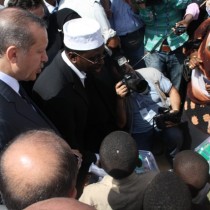


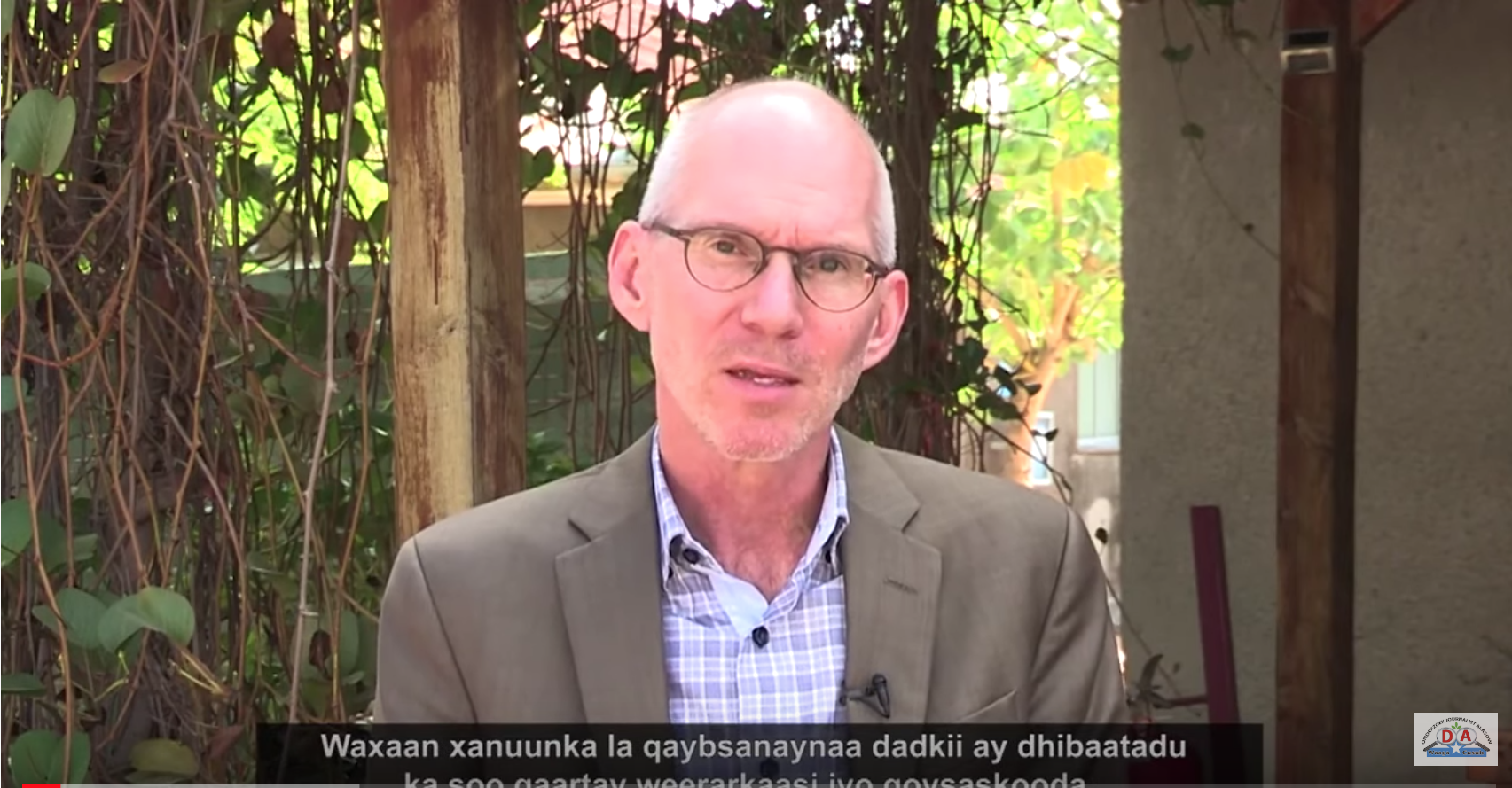
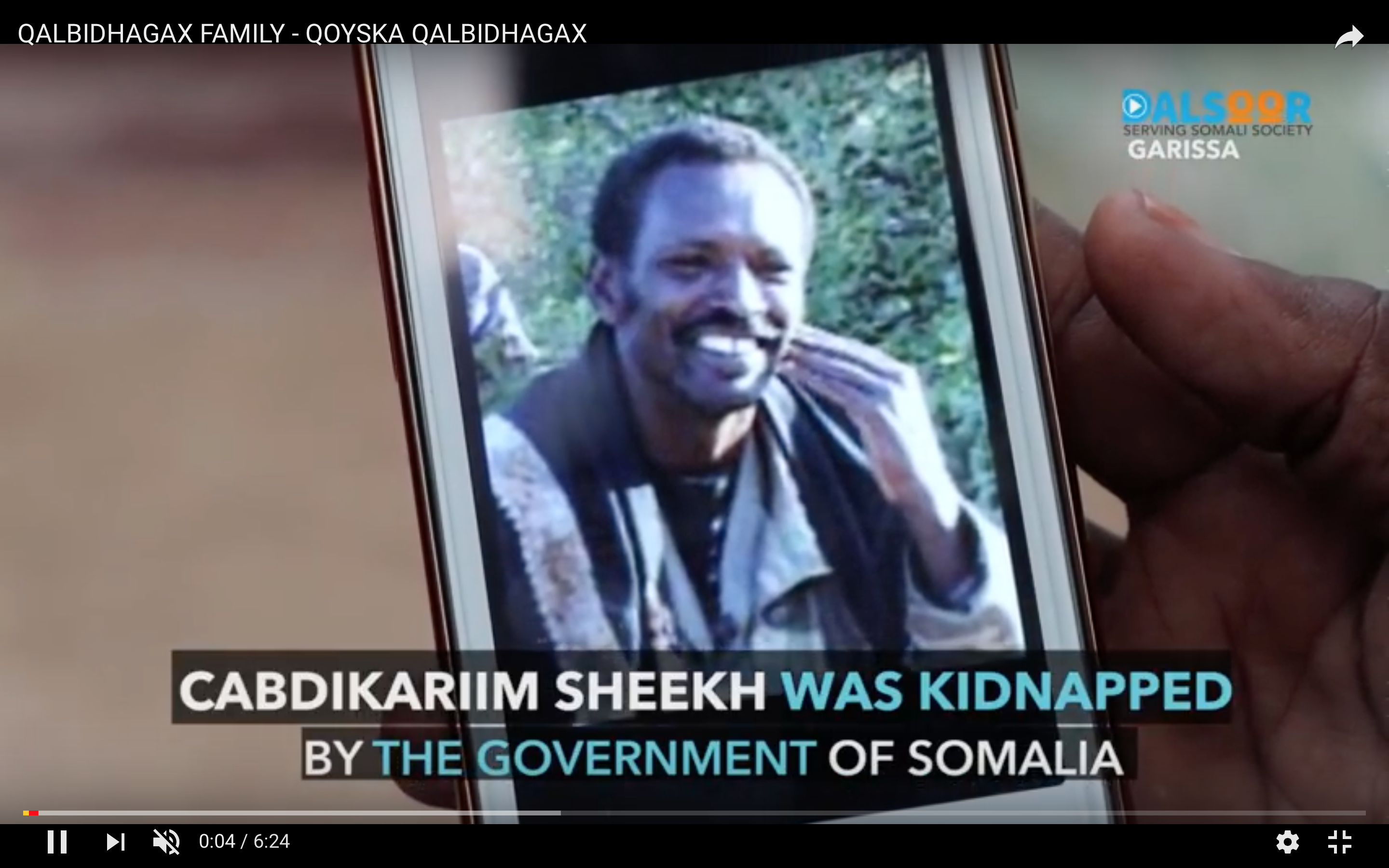
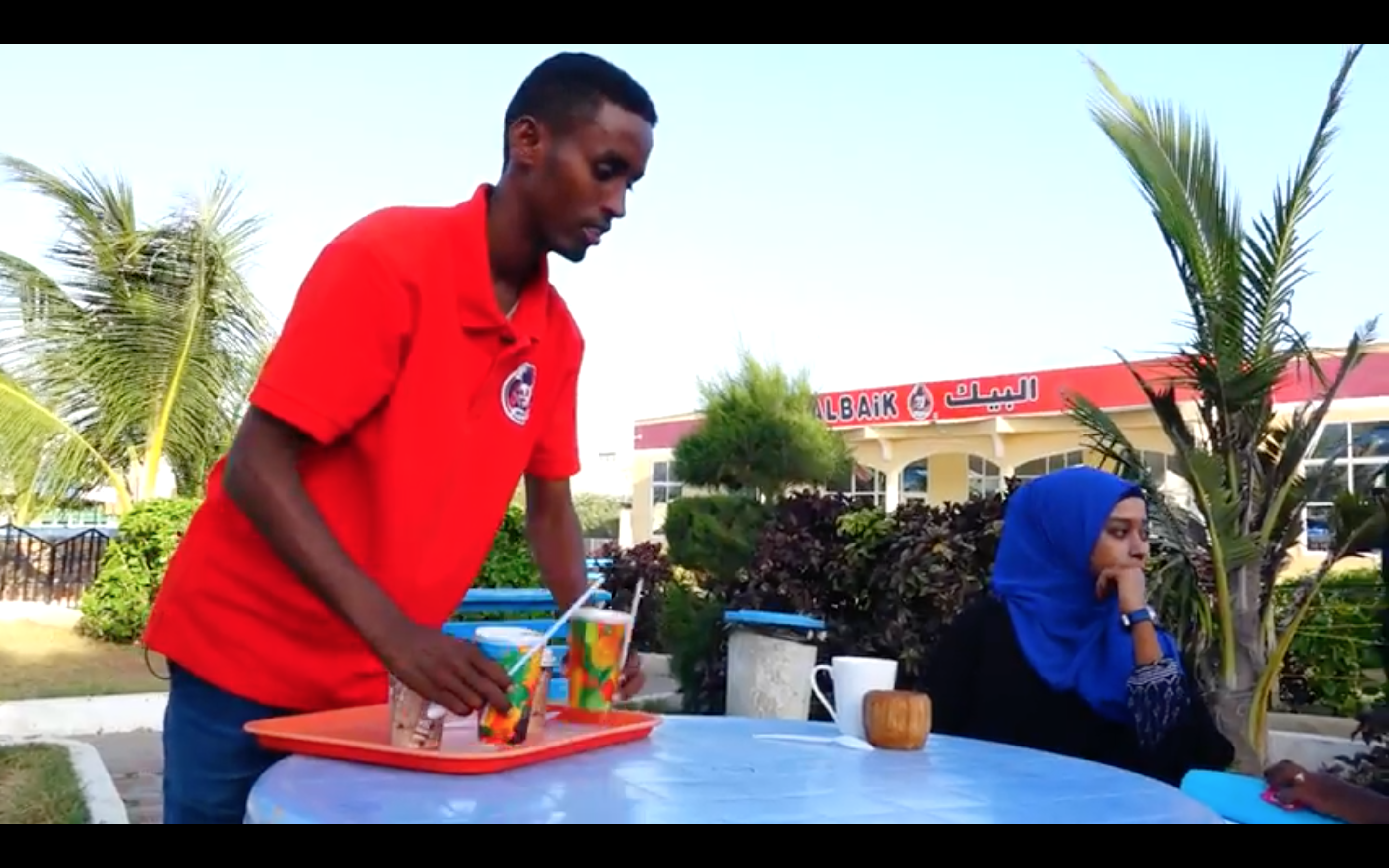
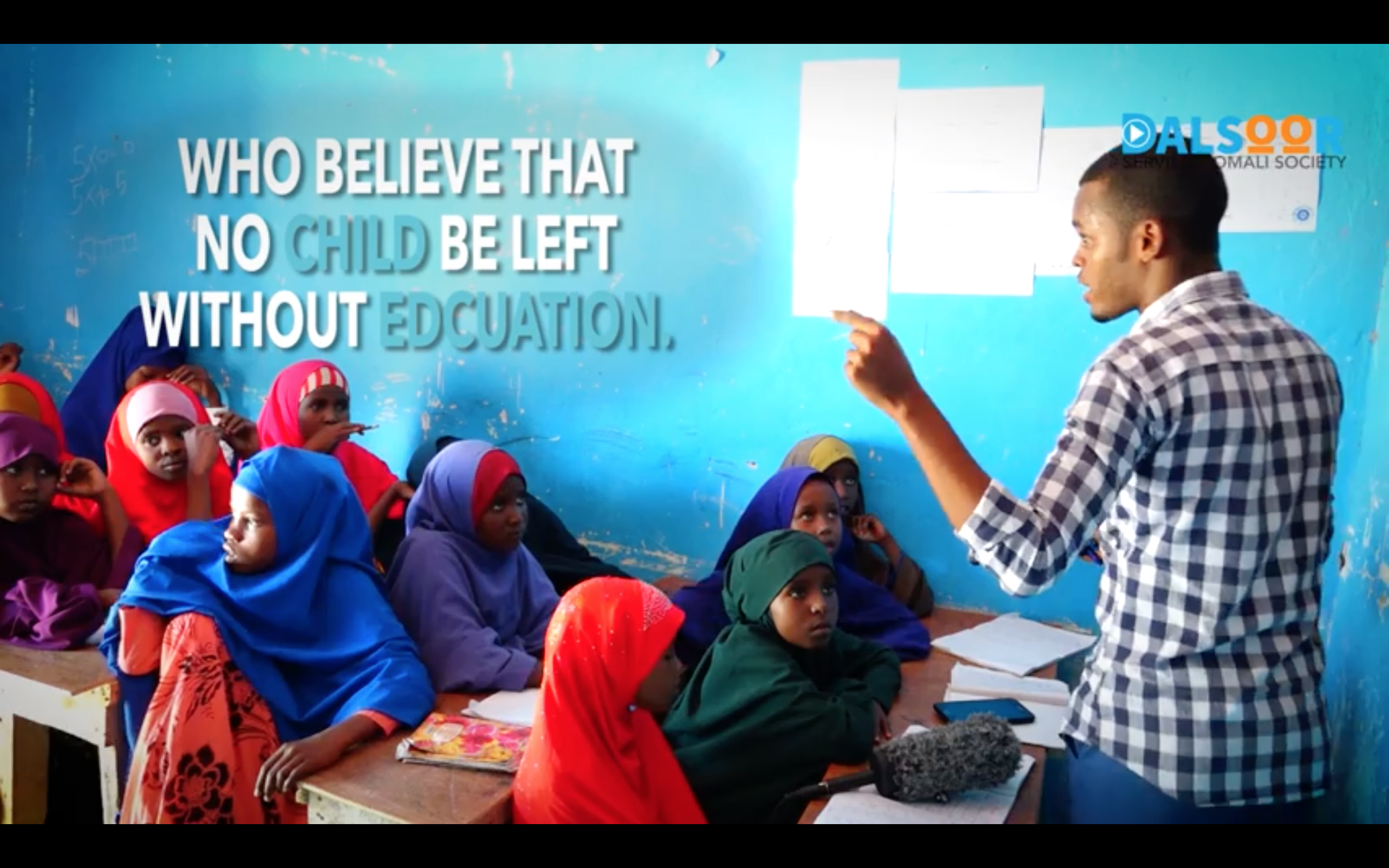
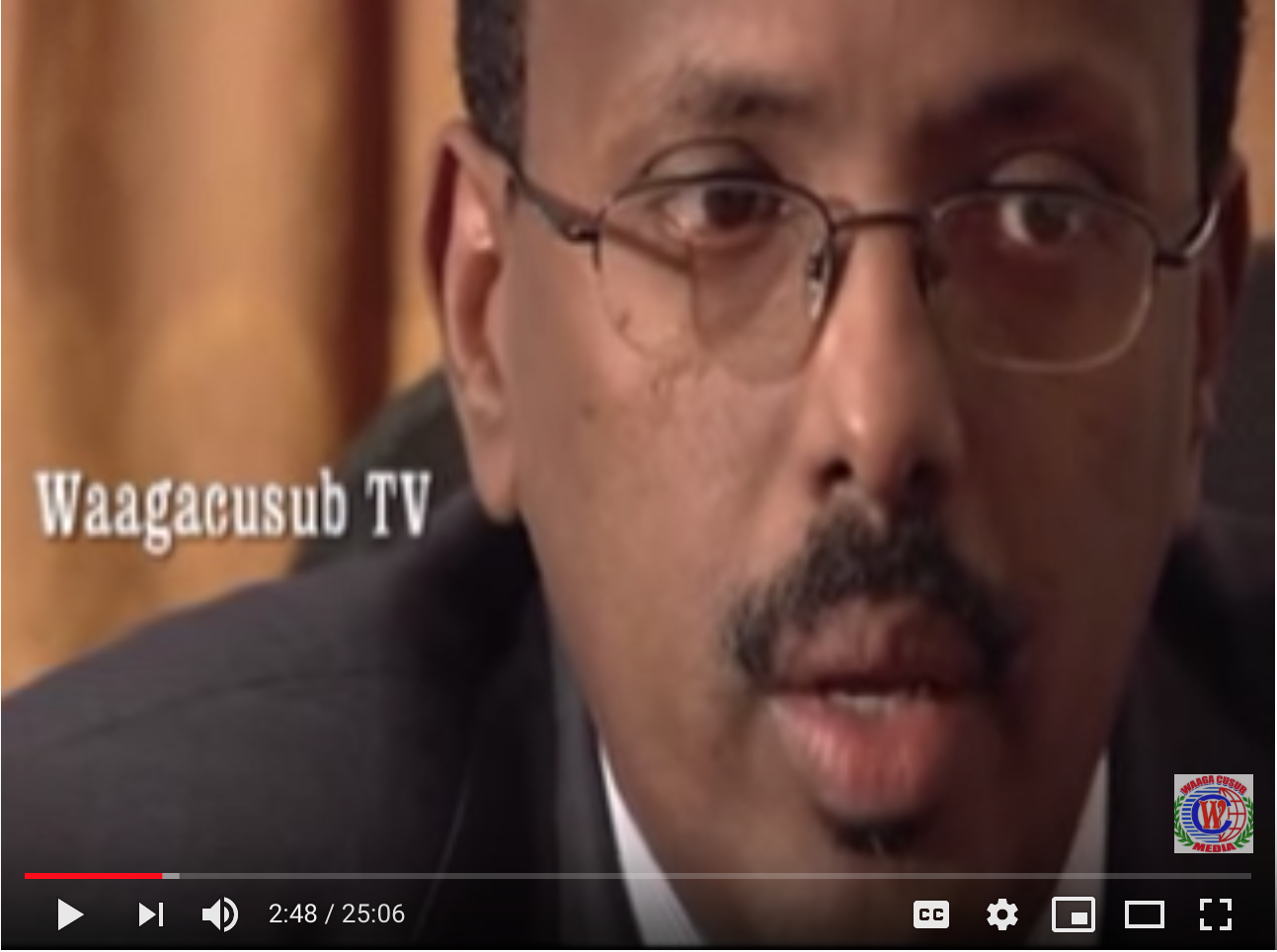

Famine in Somalia: Was it always like this?
Today, I am a proud American citizen with access to the corridors of power